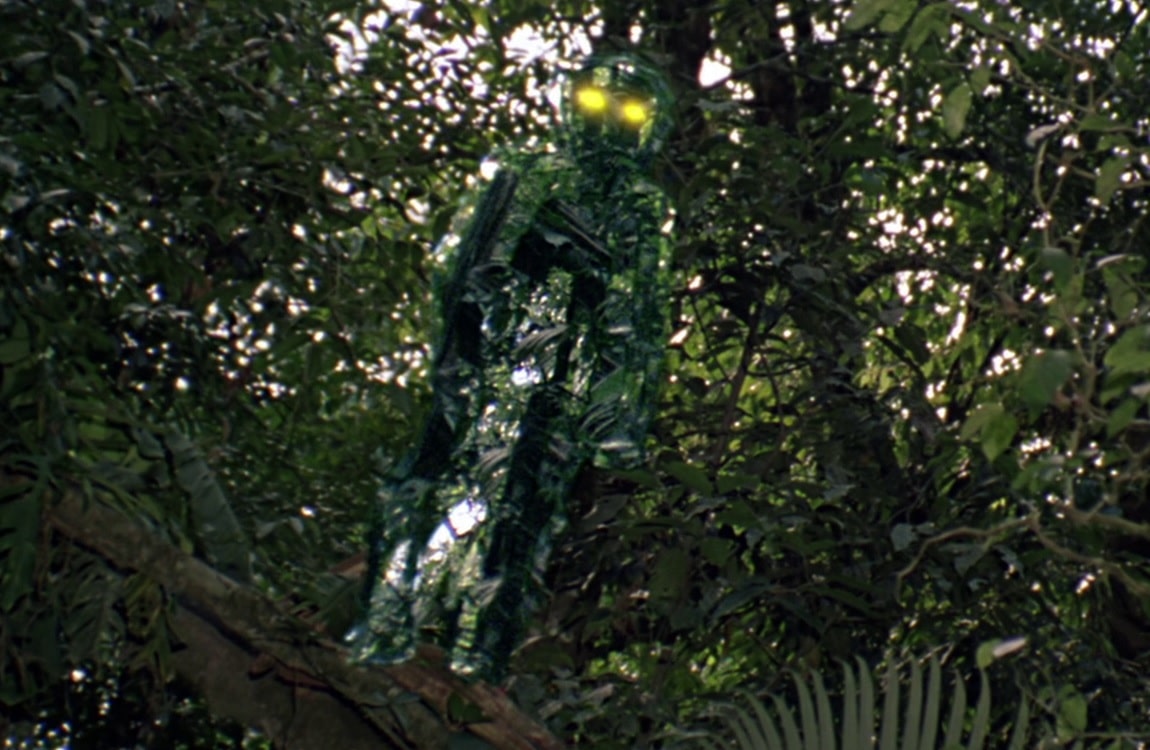A deep-sea crustacean did not inspire the cinematic Alien
The latest movie in the "Alien" franchise - Alien Romulus - is now in cinemas (as eagerly discussed by some of us aboard the Arctic Deep expedition earlier this year).
The deep-sea amphipod Phronima (aka the "pram bug") is popularly claimed as an inspiration for the original alien of those movies - but is that true?

TL;DR: no (unless anyone has actual evidence to the contrary). There's just a coincidentally similar "parasitoid" life-cycle, and some superficial similarity in appearance (i.e. it has some spindly jointed limbs and a proportionally large head).
Back to the beginning
Original Alien (1979) screenwriter and designer Dan O'Bannon cites parasitoid wasps, which lay their eggs inside the live bodies of other species, as an inspiration (in his essay "Something Perfectly Disgusting" that accompanied the Alien Quadrilogy box-set):
"Parasitic wasps treat caterpillars in an altogether revolting manner, the study of which I commend to anyone who is tired of having good dreams.”
Fellow screenwriter Ron Schusett has also confirmed insect inspiration in interviews, and director Ridley Scott has mentioned documentary footage of parasitoid insects; here's a good overview of the creature's genesis.
Parasitoid insects were also the inspiration for an earlier sci-fi alien: the Wirrn of the 1975 Doctor Who story The Ark in Space, in which Tom Baker's TARDIS materialises on a spaceship with a human crew in cryosleep and an alien laying eggs in their bodies as hosts (and in the script, the Doctor compares the Wirrn's life-cycle with that of Eumenes wasps).
(Later DW showrunner Steven Moffat noted the similarities between The Ark in Space and Alien. And coincidentally, Ridley Scott was almost a set designer for the Doctor Who story The Daleks way back in 1963, but left for another job before production started).
Really, Sir David? ;)
The deep-sea episode of The Blue Planet (2001) featured footage of Phronima (at around 3 mins 47 secs) with a line in the script that it was "...the inspiration for the Alien movies", which is often cited as the source of the popular notion.
However, there is an earlier source: an article about transparent animals in Scientific American from February 2000 mentions that "Phronima was rumored to be an inspiration for the monster in the movie Alien" (which may have been the source of that information for the BBC script).
But note the word "rumored" in that Scientific American article... As far as I'm aware, there's no actual evidence (e.g. in any interviews, or behind-the-scenes commentaries etc) that the original screenwriters and designers (including artist HR Giger) were inspired by (or even aware of) Phronima and its life-cycle back in the late 1970s.
Like the alien, Phronima also lays its eggs inside the body of another animal, in this case typically a salp, and then swims around pushing the hollowed-out salp body containing its brood (hence the nickname "pram bug").
So Phronima is similar in life-cycle to the parasitoid wasps that the film-makers do mention; it's an example of convergent evolution giving rise to a parasitoid life-cycle in a different group of animals in another environment - and thereby coincidentally similar to the cinematic creation.
Yas Queen
James Cameron's 1986 sequel Aliens added the "alien queen" to the fictional species. Queens that control colonies are a feature of eusocial insects (e.g. ants, some bees and wasps), but not deep-sea amphipods such as Phronima, as far as we know. Female Phronima are almost three times longer than males, but that's perhaps as far as any similarity goes there.
Director and deep-sea explorer James Cameron doesn't name-check Phronima either in accounts of the queen's creation, while he does mention a black widow spider.



Here's looking at you (or not)
In its original design, the alien doesn't have any obvious eyes, so you can't tell whether or not it's looking at you. But Phronima has amazing eyes: two types of them, adapted for detecting flashes of bioluminescence in the inky depths around it, and peering out of a narrow hole in the salp body that encases its head.
Phronima has a transparent body, as a form of camouflage to avoid casting a shadow in the twilight zone where it lives (so it's perhaps like the cinematic Predator in that regard). But the visual pigments in the retinas of its eyes can't be transparent, so it minimises their area (and uses natural optical fibres to guide light to them). In that sense, it is disguising its eyes too (and "eye-flash" can also give away cinematic Predators):

The alien queen in Paul WS Anderson's 2004 Alien vs. Predator movie has transparent teeth - and that's actually a feature of some deep-sea dragonfishes, most likely to reduce any tell-tale gleam reflecting from their fangs as they close in on their prey in the darkness.

Real monsters?
We like to populate the deep sea with myths and monsters of our imagination. In this case, it seems to be a myth that a real deep-sea animal inspired that iconic imagined monster.
Are those cinematic aliens really monsters though? Like animals in the deep ocean, they're adapted to survive, and part of an imagined ecology (rather than being monsters of conscious volition).
James Cameron perhaps touches on this in Aliens with nefarious 80s-corporate human characters more as "monsters"; in particular there's Ripley's line "You know, Burke, I don't know which species is worse - you don't see them f*cking each other over for a goddamn percentage". But that theme - human greed as a modern monster - may be a story for another time.

Meanwhile here are some more deep-sea animals that resemble things in sci-fi (although admittedly I may have deep-sea pareidolia).
Jon Copley, August 2024
| Previous | Index | Next |



